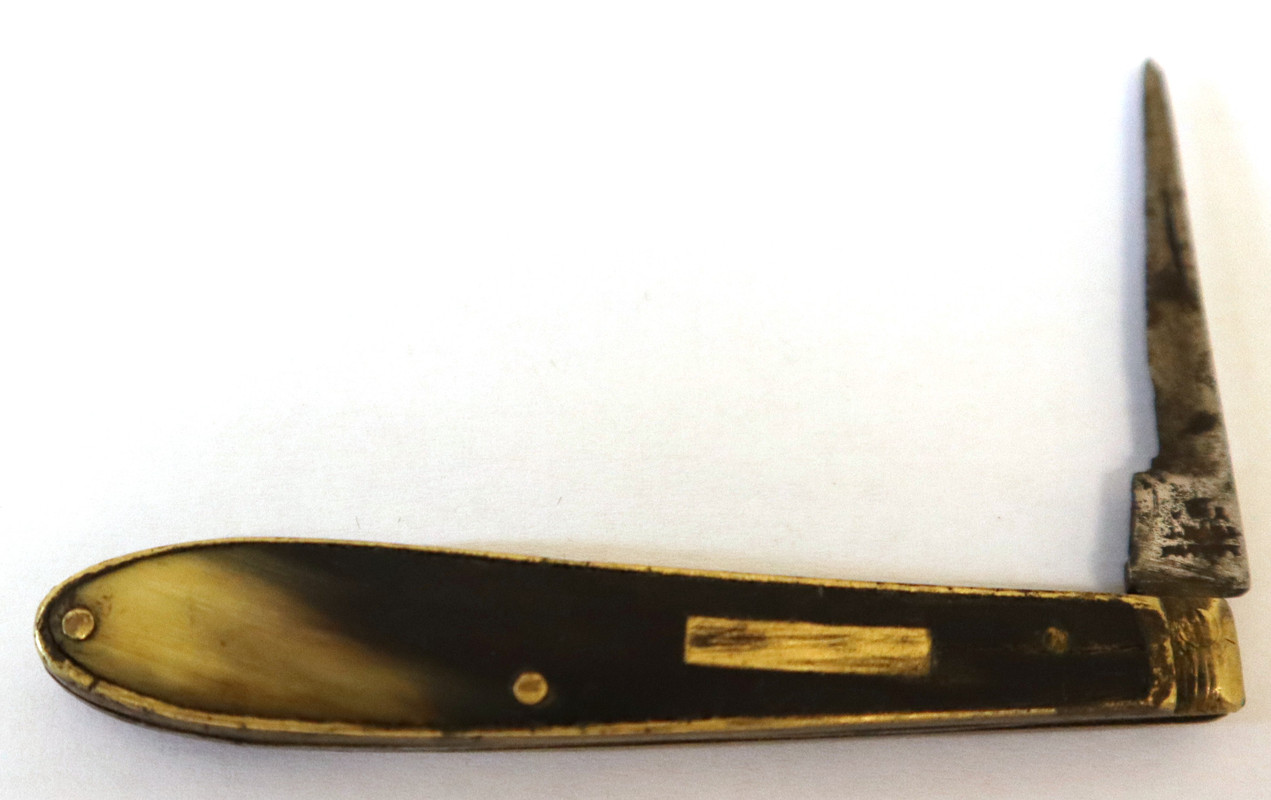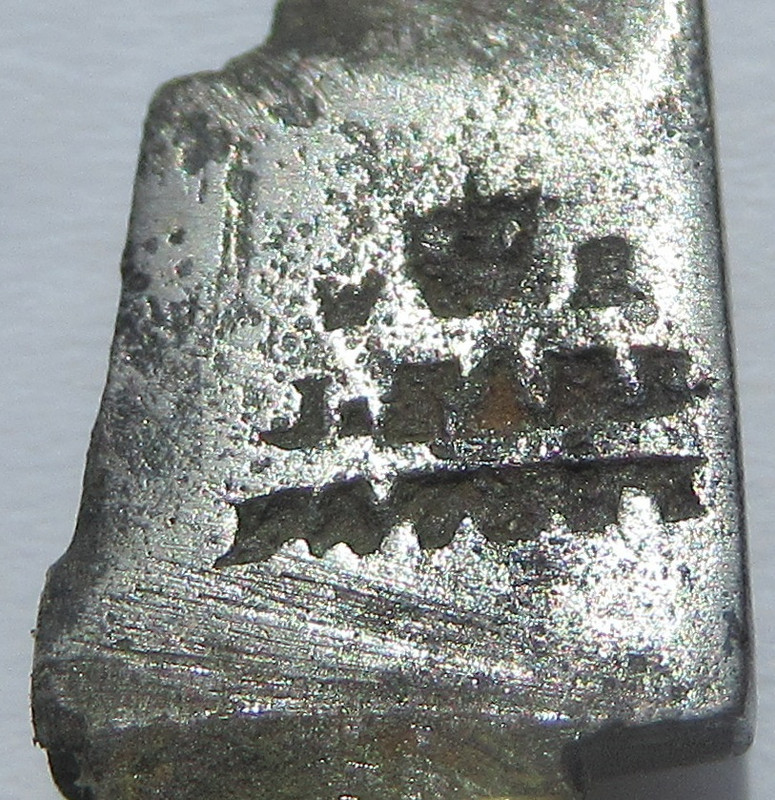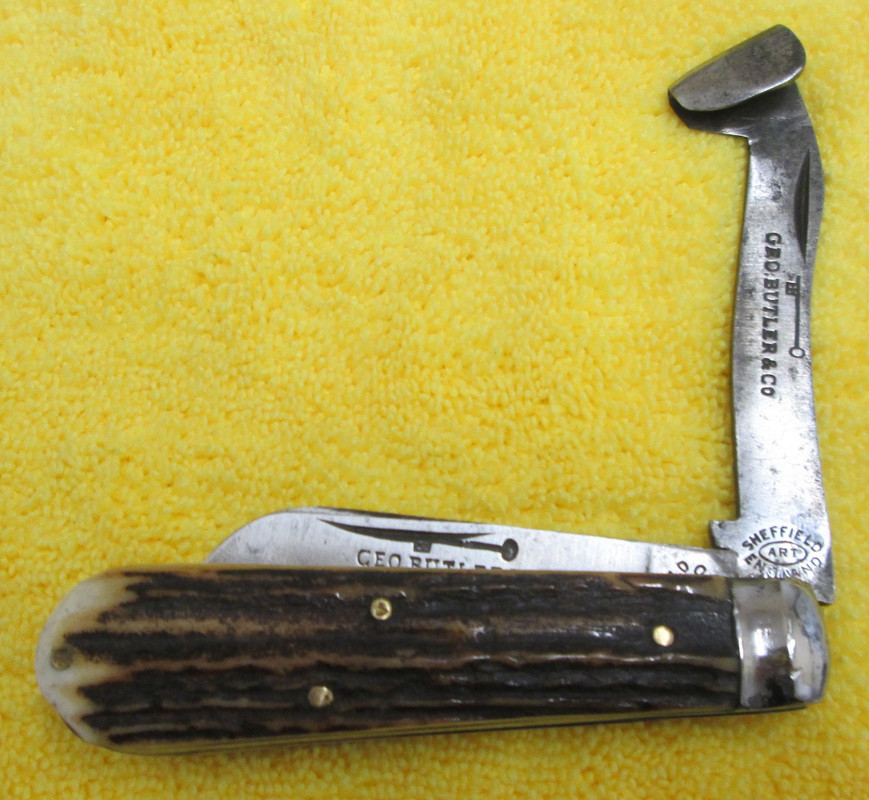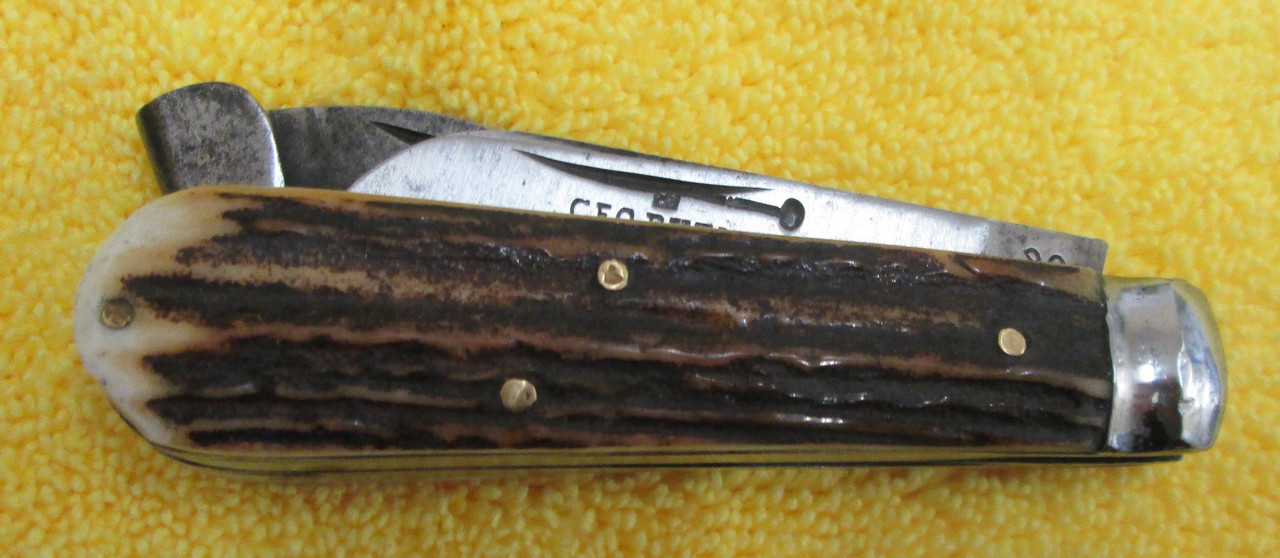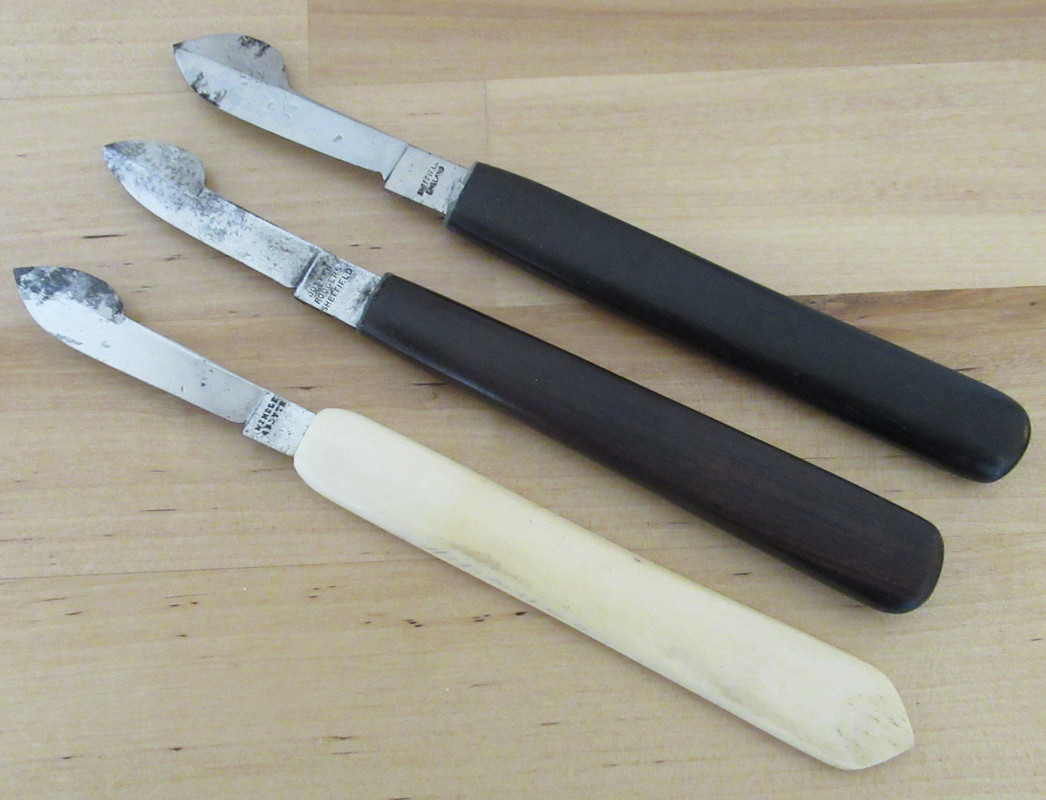- Joined
- Oct 1, 2024
- Messages
- 10
Just like the title says, this is the place to post and discuss now-defunct blade patterns, or any other anomaly within the history of traditional knives.
This can include shapes tailored to a specific trade or use that has since disappeared, one-off styles and configurations put out by specific manufacturers, and anything else y'all think fits.
As long as it is somewhat defunct now, it's fair game. To qualify, it need not be completely impossible to find now, just not widespread.
For example, the Cotton Sampler had a specific function which is largely defunct, was never popularly repurposed, and is now not widely available, though some places still make it, so it fits nicely. Conversely, while the Spey had a specific function not widely practiced anymore, it has nonetheless found widespread popularity for other uses, so does not fit.
This can include shapes tailored to a specific trade or use that has since disappeared, one-off styles and configurations put out by specific manufacturers, and anything else y'all think fits.
As long as it is somewhat defunct now, it's fair game. To qualify, it need not be completely impossible to find now, just not widespread.
For example, the Cotton Sampler had a specific function which is largely defunct, was never popularly repurposed, and is now not widely available, though some places still make it, so it fits nicely. Conversely, while the Spey had a specific function not widely practiced anymore, it has nonetheless found widespread popularity for other uses, so does not fit.

